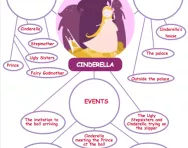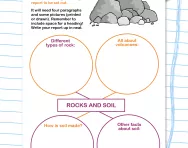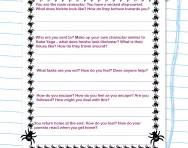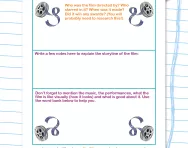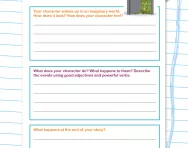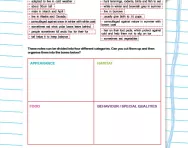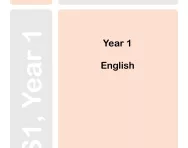Important update from TheSchoolRun
For the past 13 years, TheSchoolRun has been run by a small team of mums working from home, dedicated to providing quality educational resources to primary school parents. Unfortunately, rising supplier costs and falling revenue have made it impossible for us to continue operating, and we’ve had to make the difficult decision to close. The good news: We’ve arranged for another educational provider to take over many of our resources. These will be hosted on a new portal, where the content will be updated and expanded to support your child’s learning.
What this means for subscribers:
- Your subscription is still active, and for now, you can keep using the website as normal — just log in with your usual details to access all our articles and resources*.
- In a few months, all resources will move to the new portal. You’ll continue to have access there until your subscription ends. We’ll send you full details nearer the time.
- As a thank you for your support, we’ll also be sending you 16 primary school eBooks (worth £108.84) to download and keep.
A few changes to be aware of:
- The Learning Journey weekly email has ended, but your child’s plan will still be updated on your dashboard each Monday. Just log in to see the recommended worksheets.
- The 11+ weekly emails have now ended. We sent you all the remaining emails in the series at the end of March — please check your inbox (and spam folder) if you haven’t seen them. You can also follow the full programme here: 11+ Learning Journey.
If you have any questions, please contact us at [email protected]. Thank you for being part of our journey it’s been a privilege to support your family’s learning.
*If you need to reset your password, it will still work as usual. Please check your spam folder if the reset email doesn’t appear in your inbox.
Planning a story with a spider diagram
What is a spider diagram and how can it help you plan a story?
Imagine your child is about to write a story, and they need a way to organise their ideas. That's where a spider diagram comes in. It's like a visual map that helps them plan out their story step by step.
It's called a spider diagram because it looks like a big spider web with a centre point. In the centre, you need to put the main idea or theme of your story.
Then, you draw lines outward like the legs of a spider. Each line jots down to different parts of the story, like characters, settings, and key events.
Here's how it helps your child plan a story:
Organising ideas
With a spider diagram, your child can see all the different parts of their story laid out in one place. It helps them keep track of characters, plot twists, and important scenes.
Making connections
As they draw lines between different parts of the diagram, they can see how everything in their story fits together. For example, they might connect a character to a particular setting or show how one event leads to another.
Generating new ideas
The spider diagram encourages creativity. As your child adds branches and sub-branches to their diagram, they might come up with new ideas they hadn't thought of before.
Revising and refining
Once they have a rough outline of their story, they can use the diagram to make changes and improvements. They can move branches around, add new ones, or delete ones that don't fit.
How will this Planning a story with a spider diagram worksheet help your child?
This fun and colourful worksheet was created by a teacher and includes a clear example followed by an empty template of a spider diagram that your child can use to plan out their own story. This is an excellent, visual teaching tool that will enhance your child's creativity and spark their imagination, whilst developing important organisational skills.
For more support with English skills, check out our hub page, or try a different challenge such as Planning and writing a story set in an imaginary world.

